Welcome to Natural Wonders! I’ve been getting outside on hikes and bikes to enjoy our beautiful spring — I hope to share pictures and short posts on the new Notes feature, so feel free to join me there!
Where I live, in the southern United States, spring has sprung in mighty ways – trees are slipping into their new leaves of every shade of green imaginable, clouds of pollen dust the windshields and outdoor furniture, and gusty winds are spring cleaning out winter’s dead branches.
I especially love spring in the mountains because as it creeps up from the valleys it gives us a chance to revisit early spring simply by climbing up in elevation. Last week I hiked up to almost 5,000 feet with a couple friends, far above the trillium and bloodroot line, where winter was still in full reign.
As a child, I could never remember where the first signs of spring began – was it down in the valleys, or was it up at the tops of the mountains, closest to the sun? Same with the fall colors – where should we look for them first? Then an old-timer told me an old mountain saying, that winter arrives like a blanket, settling slowly on the mountains from the tops down to the valleys. The reds and oranges creep down the ridges, and by the time fall colors have reached the valleys, trees on the mountaintops are winter skeletons.
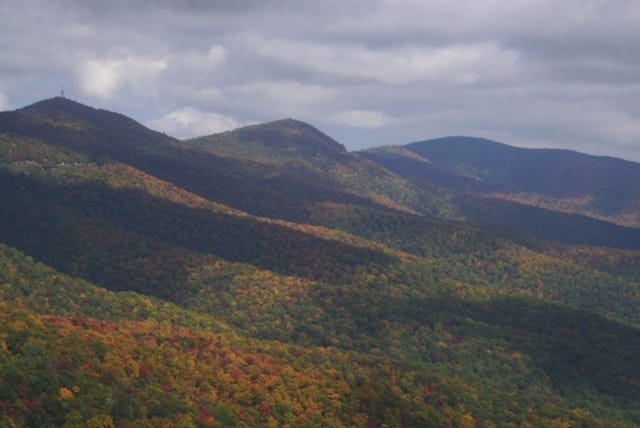
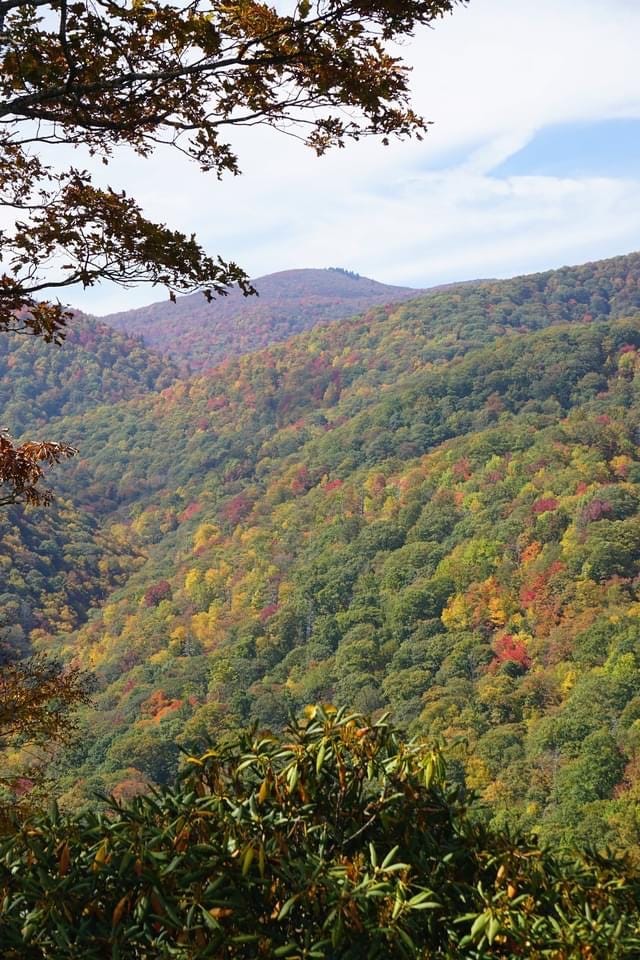
When spring comes, the blanket gently lifts up and away, revealing greenery in the valleys first, then upwards to the peaks. That mountain folklore was a beautiful image, and helped me know where to see the best fall colors and spring wildflowers.

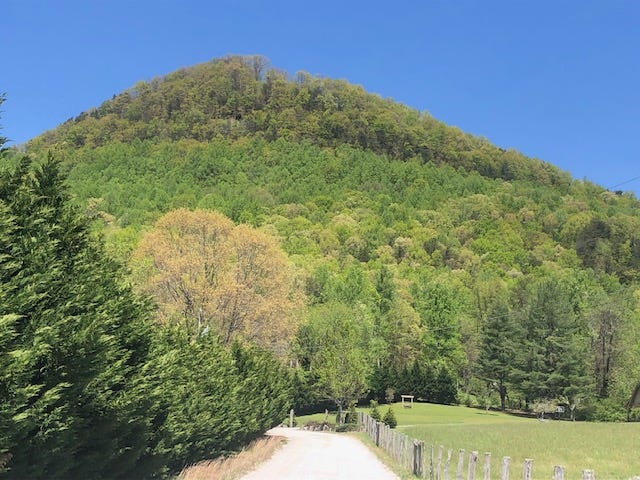
That mountain saying was helpful, but not all folklore can be trusted! I’ve written in an earlier post about whether red skies at night really do mean sailor’s delight, how dependable wooly worms are for predicting a hard winter, and whether salamanders can tell you when a mountain spring is clean enough to drink.
Since then, I’ve been collecting more natural folklore and have wanted to dig into how trustworthy these sayings are…
Can I believe this nature folklore?
Many nature “sayings” or folklore have to do with predicting the weather – understandable, since when these adages came about most folks depended on their own gardens for food, and good weather makes good food. Along those lines,
Do cows really lay down before a storm?
I grew up hearing that if all the cows in a field are lying down, a storm is on its way. Cows therefore become a handy barometer for predicting the coming rain. But is it true?
Cows lie down when they need to chew their cud. They do this by basically burping up a clod of grass or hay from their stomach and re-chewing it, allowing their saliva to act as a natural antacid before swallowing it again and sending it to one of the four compartments in their stomach. Dairy cows spend around 8 hours per day chewing cud, so chances are, you’re going to come across cows lying down in a field whether it’s about to rain or not. Not a good predictor for storms.
So, is there a better way to forecast rain? Another saying I grew up hearing was that mare’s tails in the sky meant a change in the weather. I have to confess, for the longest time I thought people were saying Mayor’s tails, and I always pictured the little guy from Monopoly with the monocle and the tuxedo tails. In Appalachia, mare is a two-syllable word.
Regardless, this saying refers to thin wispy clouds that look like horse tails flying across blue skies:
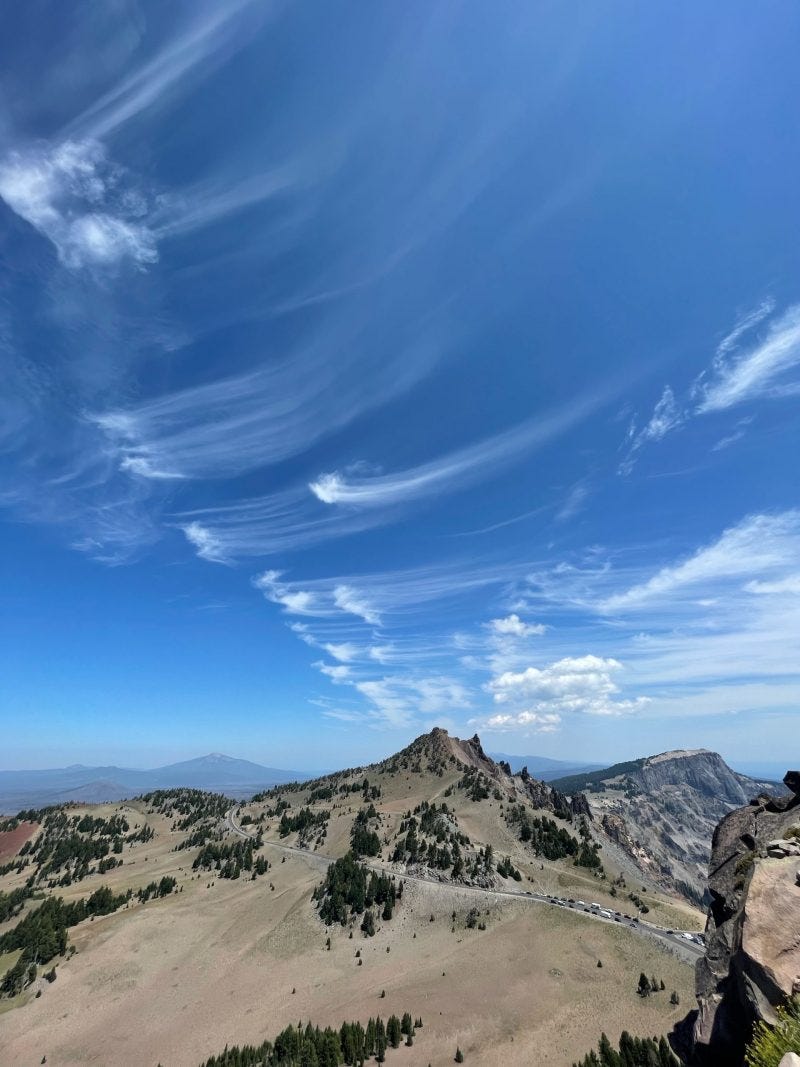
These wispy clouds are called cirrus uncinus clouds and form in the high upper atmosphere. They are usually the sign of an approaching warm front, and often mean rain is coming.
Verdict: Cows can’t forecast the weather, but clouds shaped like horses can.
Paint your porch ceiling blue to keep away wasps and mud daubers (and spirits!)
This folklore originated in the Gullah culture by former slaves living on the coasts of South Carolina and Georgia. You’ll find many porches of older homes in the South that have painted the ceilings a beautiful eggshell blue.


This color blue is often called “haint blue” because the original intent was to ward off spirits – since spirits couldn’t cross water, painting your porch ceiling blue would trick the spirits and keep them from crossing the threshold.
I can’t attest to how well that works, but it actually does seem to work to keep down wasp nests and mud daubers. Originally it worked because that shade of blue required a good bit of lye, which acted as an insecticide. Nowadays the paint isn’t toxic, and yet folks still find that wasps and their kin are less likely to build homes in the corner of a blue ceiling. I couldn’t find any actual research on why this is, just that it seems to work.
Verdict: It might be worth a try, especially if you love the color blue.
Speaking of annoying insects…
Does hanging a bag of water keep away flies?
I saw this once at an old gas station – they had a gallon Ziploc bag of water hanging from the doorway. You had to duck to get under it, but the cashier swore it kept the flies out: “They won’t fly under water,” she said.
Some folks say you’ve got to drop pennies in the bottom, others say put pieces of tin foil. But does it work?
The theory is that the reflection of the sun on the water (and pennies and tin foil) confuses flies because of their compound eyes. Housefly eyes are made up of 3,000 to 6,000 individual eyes that create a mosaic image for the fly. They navigate using sunlight, and light shining and bending through a bag of water supposedly confuses them enough to avoid the area.
Like the blue porch ceilings, there is disagreement here between the scientists and laypeople. There have actually been a few studies about the phenomenon, with one concluding that clear bags of water repelled more than 30% of houseflies. Other studies were not conclusive. Mythbusters did a bug episode where they claim to have dispelled the idea. But plenty of people swear it works, like most folklore that gets passed down from person to person.
Verdict: There’s little evidence to support it, but I kind of wish our local Mexican restaurant would try it.
What natural folklore have you heard? I’d love to collect some more ideas for a future issue of the newsletter.
Plant Highlight
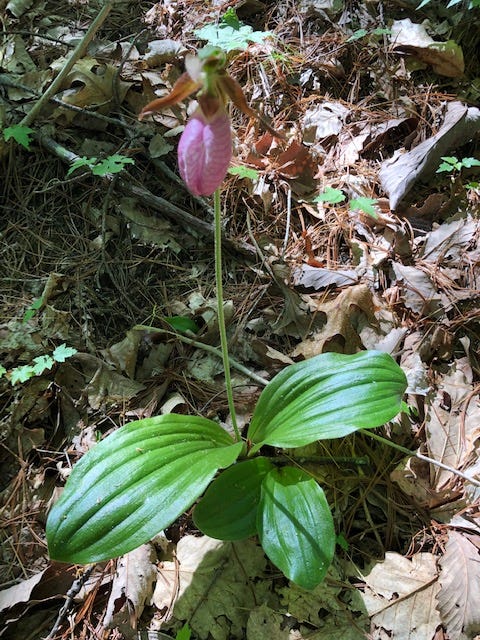
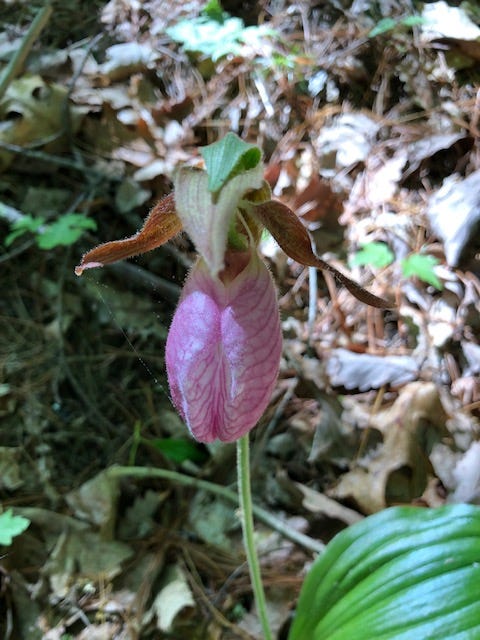
Pink ladyslipper! These delicate flowers are a type of orchid that can only survive when a specific type of fungus is present in the soil. When it is young, the orchid relies completely on the fungus for nutrients, but once it’s established they form a symbiotic relationship with the fungus extracting nutrients from the ladyslipper’s roots. As you can imagine, this makes them extremely hard to transplant - in some cases, it’s illegal. A variation of pink ladyslipper is actually the state flower of Minnesota and is illegal to pick or dig up — each individual plant can live 50 years, and takes around 16 years before it’s first bloom appears!





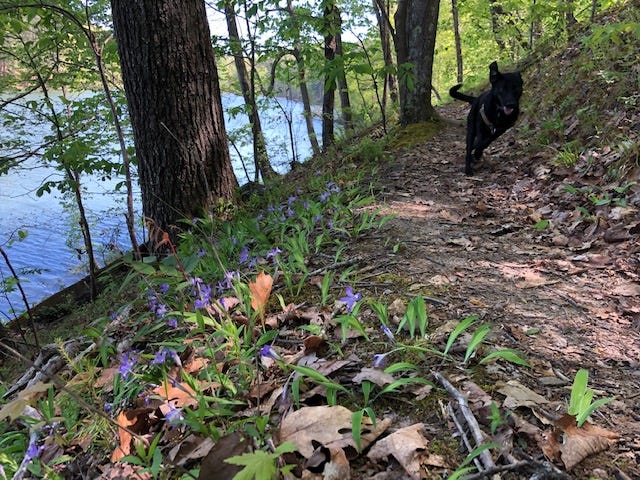
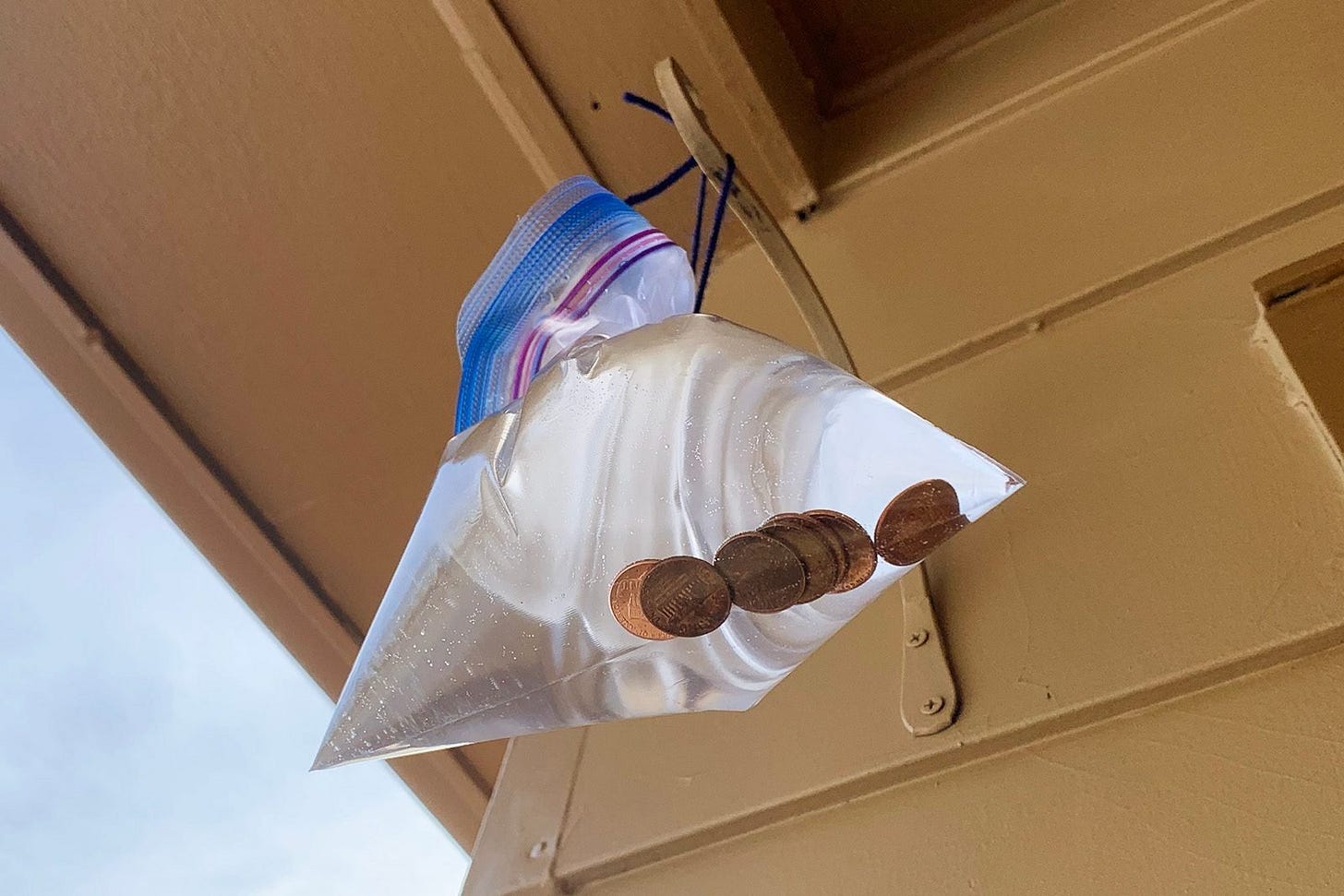
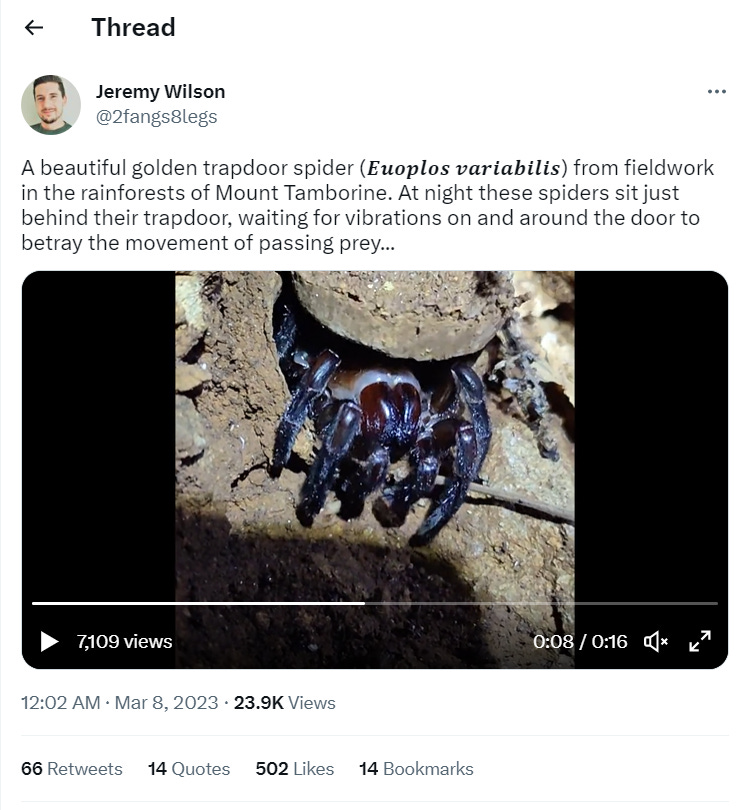

My grandparents came from Eastern Europe and lived in a community that came from the same area. It was in South New Jersey. They hung a cotton ball on their screen doors to keep flies away.
Another good article Heather. We camped at Vogel this week and saw some lady slippers.